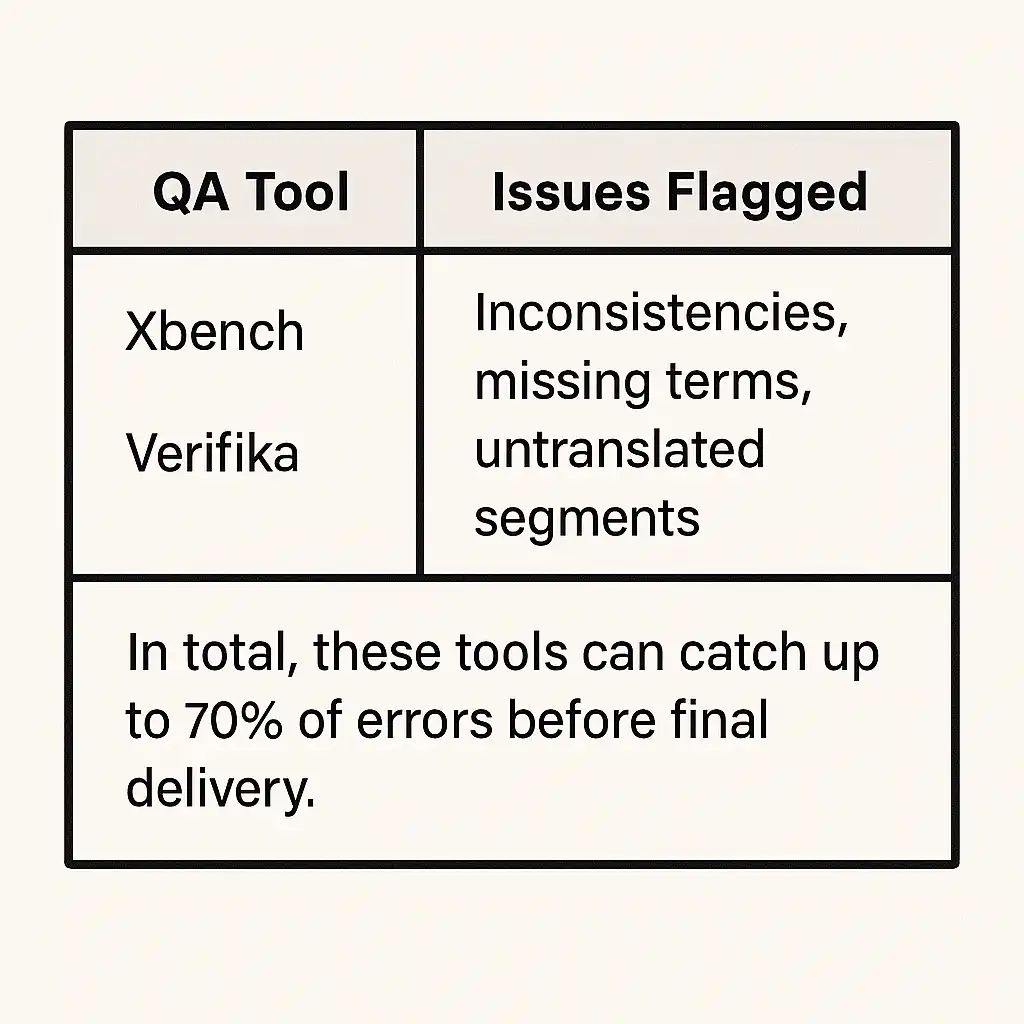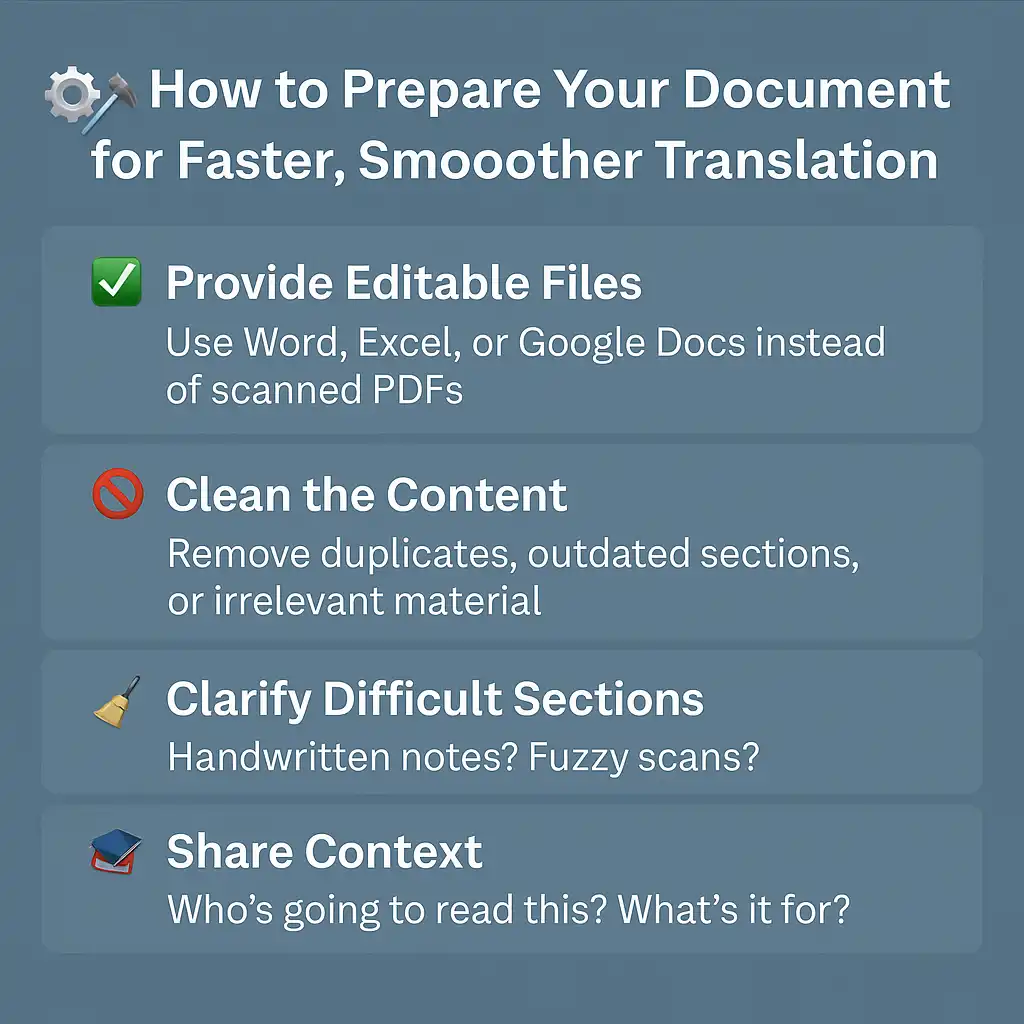Chinese Document translation timelines can vary. Learn what affects turnaround time—from the type of Chinese Document you need translated to its complexity and certification requirements—and get realistic estimates for your project.
Factor 1: How Long Does a Chinese Document Translation Really Take?
Translation speed depends on multiple variables: content density, topic familiarity, and document condition. A standard translator’s daily capacity is 2,000 to 3,000 Chinese characters. For reference:

Specialists in law, medicine, or engineering may need extra time to research terms, ensure accuracy, and format the output to match legal or institutional standards.
“Translating a technical patent takes not just linguistic skill but domain knowledge and patience.”
— Lin X., Chinese-English patent translator
Factor 2: What Makes a Chinese Document “Complex”?
Documents with dense formatting, footnotes, images, or handwritten notes significantly slow the process. In addition, if the original text contains ambiguous or poorly written Chinese, time must be spent deciphering meaning.
Also, certified translations—for immigration, academic, or legal use—require proofreading, signatures, and sometimes a translator’s declaration, which adds a day or more to the turnaround.
READ MORE: How to Save Thousands of Dollars from Rush Legal Translations
Chinese Translation Service for Law, Legal, and Patents
Factor 3: Urgent Chinese Document Translation and Its Trade-Offs

Urgent translation is possible—but expect a rush fee (typically 25–100% more). Some agencies or teams can handle overnight delivery, especially for short texts. However, fast doesn’t always mean polished. Quality might suffer if there’s no time for thorough review.
For high-stakes documents, such as legal disputes or medical records, speed should never replace accuracy.
Factor 4: Does Machine Translation Help with a Chinese Document?
Machine translation tools (such as Google Translate or DeepL) can speed up the creation of initial drafts. However, their output requires meticulous post-editing. A native-speaking translator must review the text to ensure idiomatic accuracy, correct grammatical issues, and tailor terminology to the specific context.
In corporate environments, the optimal approach is to combine machine translation or CAT tools (like Trados or MemoQ) with skilled human translators. This blend enhances efficiency while maintaining consistency and quality—especially when dealing with high-volume or domain-specific content.
Factor 5: What Clients Should Expect in a Chinese Document Translation Quote
A professional quote will usually outline:

Word or character count
Estimated turnaround time
Whether editing/proofreading is included
Additional services (certification, formatting, layout)
Transparent quotes also note rush fees, confidentiality agreements, and revision policies. Always ask if your quote includes final review and formatting.
Factor 6: How to Prepare a Chinese Document for Translation
Preparing your Chinese document properly can save time and reduce cost. Here’s how to do it:

If your document uses specialized terminology (e.g., medical, legal, academic), providing a glossary or reference material can greatly improve speed and consistency.
“A clean, editable file with clear instructions can cut the project time by a full day.”
— J. Tang, freelance EN-ZH translatorREAD MORE: What Should I Provide? What is “Source Document?”
Factor 7: Choosing the Right Translator or Agency for a Chinese Document
Not all translators are equal. For best results:
✅ Find a Specialist
Choose someone who knows your field—legal, tech, medical, or marketing.
🧠 Check Their Track Record
Ask about past experience with Chinese ↔ [Your Language] projects.
📜 Verify Credentials
Need it certified? Look for NAATI, ATA, ITI or equivalent qualifications.
🔍 Test the Waters
Request samples—or better, a small paid test translation to assess quality.
Also, assess how responsive and professional they are in communication—it’s a strong sign of how the project will go.
READ MORE: Selecting the Right Translation Agency in China For Your Business
Factor 8: Ensuring Quality in Chinese Document Translation
Quality comes from more than just language skill. Here’s what contributes:
- Editing & Proofreading: Ideally, a second person checks the translation.
- Consistency Tools: Use of Translation Memory (TM) and glossaries ensures consistency across large documents.
- Back-translation (optional): For sensitive materials (like clinical trials or contracts), some clients request a “reverse” translation back into Chinese to verify accuracy.
- Client review: If you have bilingual staff, allow time for internal review and feedback.
If the document is high-stakes, always allow time for QA—rushing the process risks costly errors.
Factor 9: Communicating Effectively During a Chinese Document Project
Clear communication avoids delays. Be sure to:

Set realistic deadlines.
Provide reference materials (e.g., older translations, glossaries).
Explain the purpose and audience.
Be available to answer questions—translators often ask smart clarifying questions that improve accuracy.
Consider building a long-term relationship with a translator or agency—this improves quality and speeds up future projects.
Timeline ≠ One Size Fits All
Translation timelines aren’t set in stone—they flex based on:
- Document length and complexity
- Formatting and language clarity
- Certification and review needs
- Translator’s specialization and availability
On average, 2–3 business days per 10,000 Chinese characters is a reasonable expectation for standard projects.
But always plan ahead: quality translation is a process, not a rush job.🕒
No matter your industry or Chinese Document type, we’re here to help you communicate clearly, accurately, and confidently across languages. Whether it’s legal, technical, business, or certified personal documents, our experienced translators are ready to deliver fast, reliable, and high-quality translations tailored to your needs.
Your words matter—let us make sure they’re understood.
📩 Get in touch today to request a quote or start your next project. We’re ready when you are!
